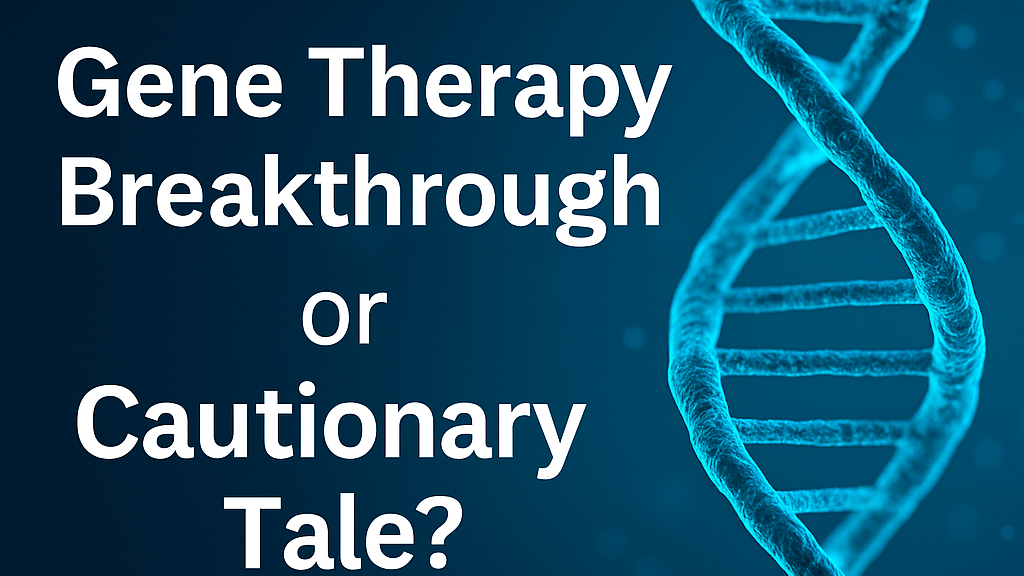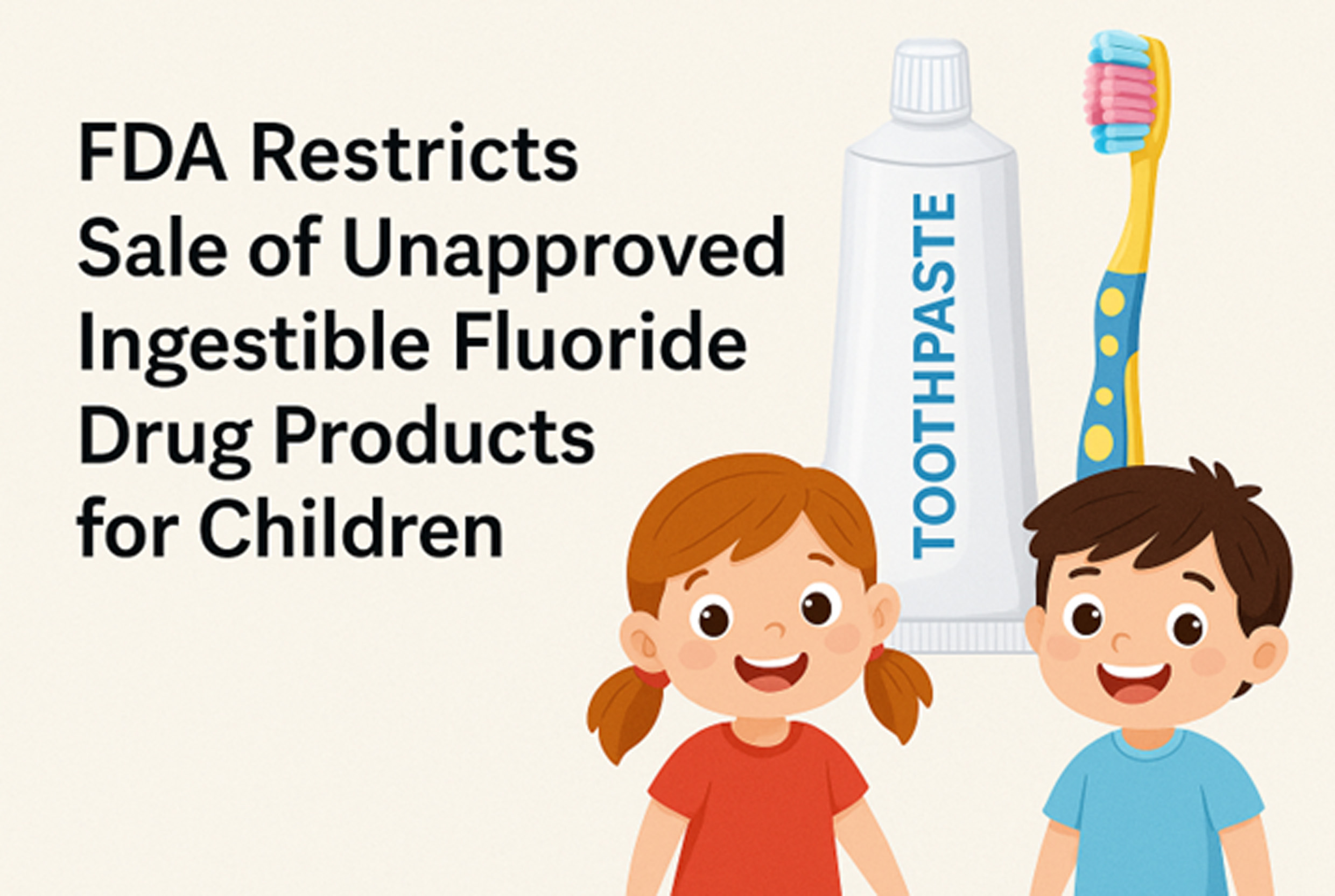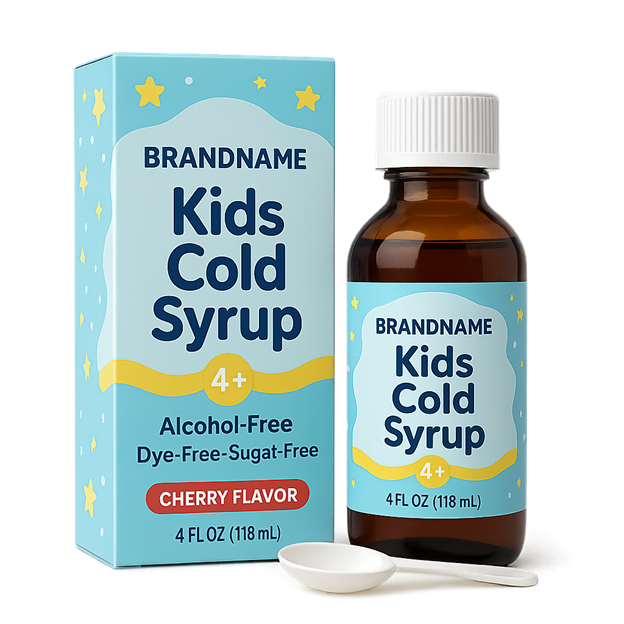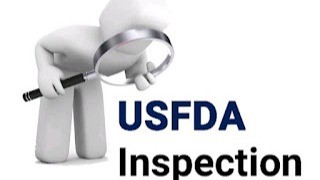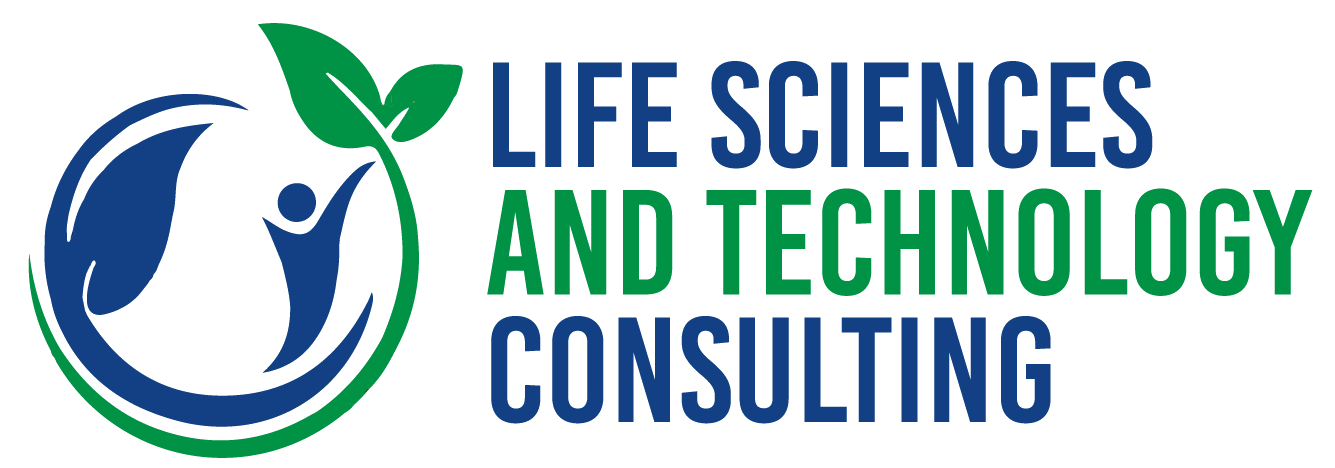The FDA is investigating the tragic death of an 8-year-old boy who received Elevidys, a gene therapy developed by Sarepta Therapeutics for Duchenne muscular dystrophy (DMD). While preliminary reports suggest the cause may not be directly tied to the therapy, potentially related to flu complications worsened by immunosuppressive treatment, the case highlights growing concerns around the safety of AAV-based gene therapies.
This marks the third reported patient death involving Elevidys this year, and the fourth overall associated with Sarepta’s gene therapy programs. All were linked to acute liver failure, a known complication of AAV-based platforms. Both the FDA and Brazil’s regulatory agency Anvisa have paused product distribution as they conduct further investigations.
This case underscores the need for heightened vigilance, transparency, and long-term safety monitoring in gene therapy development, particularly when treating children with rare, progressive diseases.
As we continue advancing groundbreaking science, we must also ensure ethical oversight, compliance, robust pharmacovigilance systems, and clear patient communication frameworks are in place.
This raises critical questions:
- How do we balance urgency in rare disease treatment with long-term safety?
- Are current oversight and pharmacovigilance tools keeping up with the pace of innovation?
- Should AAV-based gene therapies undergo stricter post-marketing monitoring, especially in children?
Official FDA Statement: https://www.fda.gov/news-events/press-announcements/fda-investigating-death-8-year-old-boy-who-received-elevidys
I’d love to hear your perspective:
- Should this situation prompt a regulatory shift?
- What safeguards should be established for future gene therapies?
- Do regulatory bodies need to implement stricter oversight of AAV-based platforms?
- How can we better balance access and risk in pediatric gene therapy?

